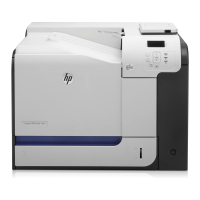FUP Overview
File Utility Program (FUP) Reference Manual—523323-014
1-19
Creating Files
Qualified File Set Examples
To obtain information about all EDIT files that begin with the letter S:
INFO S* WHERE FILECODE=101
To obtain information about all EDIT files that were created on or after 09/02/01:
INFO LE*.* WHERE FILECODE=101 AND MODTIME AFTER 2 SEP 2001
To obtain information about all files beginning with the letters F through Z except
the files that begin with the letter S:
INFO * START F EXCLUDE S*
To duplicate all object files within a subvolume:
DUP * WHERE FILECODE=101, ANYWHERE.*
To obtain information about all files in the current subvolume beginning with the
letters M through Z:
INFO * START M
To obtain information about all files in the current subvolume that are not owned by
user 1,86:
INFO * WHERE NOT OWNER 1,86
Creating Files
You can create files using FUP commands.
Examples of Creating Files
To use the FUP ALTER command to create a partitioned alternate-key file:
FUP
-ALTER filename, PART (sec-partition-num,
[\node.]$volume
[ , pri-extent-size [ , sec-extent-size] ]
To create a partitioned alternate-key sequenced file using the SET command:
Note. Qualifiers appear immediately after the file set they are qualifying. This does
not have to be the end of the FUP command.

